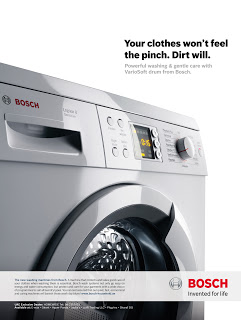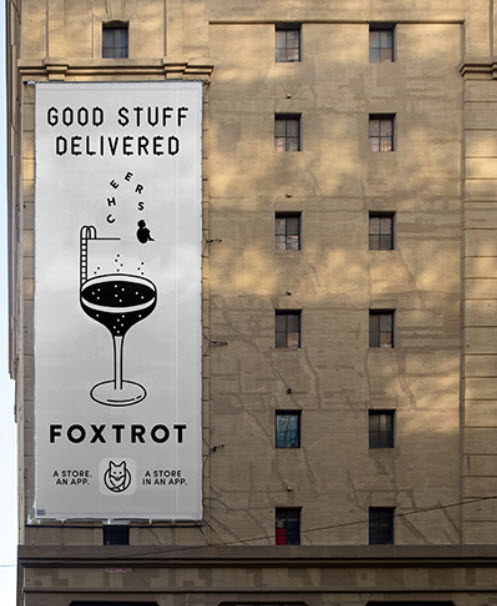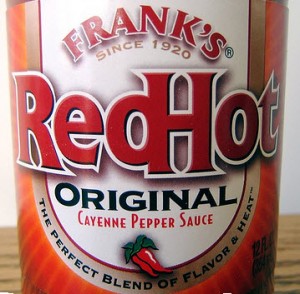Burger King’s Impossible Whopper.
Thanks to high cholesterol I’m a fan of plant based-meats. There’s just so much chicken a man can eat before he grows man boobs. The Impossible Whopper at Burger King is a creature comfort that’s popped up on the landscape for which I am extremely happy. At a certain age you are dealt health cards where you can eat and drink less of the things you love. It sucks. Meat, for me, is one such. (Scrapple please.)
I’ve eaten hundreds of cheese whoppers in my lifetime but stopped cold turkey about 10 years ago. Thanks to Impossible and Burger King, I’m back. I’m so back.
(Picture not linked to video.)
Here’s the thing though. One of the coolest things about Burger King is the brand value “flame broiled.” What’s The Idea? readers know how I feel about the aroma of flame broiled burgers wafting along America’s streets and what a hunger aphrodisiac it is. Flame broiled is a killer differentiator for BK. But my gut tells me Impossible burgers — though they may have conquered the red blood thing with the heme additive – is manufacturing the grease thing a la George Lucas. I’m not sure coconut oil gets them there. The Impossible Burger TV spots do great job of presenting the whopper in a luscious light. But is the “glisteny” juice sprayed on? If so, they should stop. It’s disingenuous. Food stylists live and die by the spray bottle. But the Whopper, Impossible and flame broiling deserve better.
Glisten to me. I know of what I speak.
Peace.







